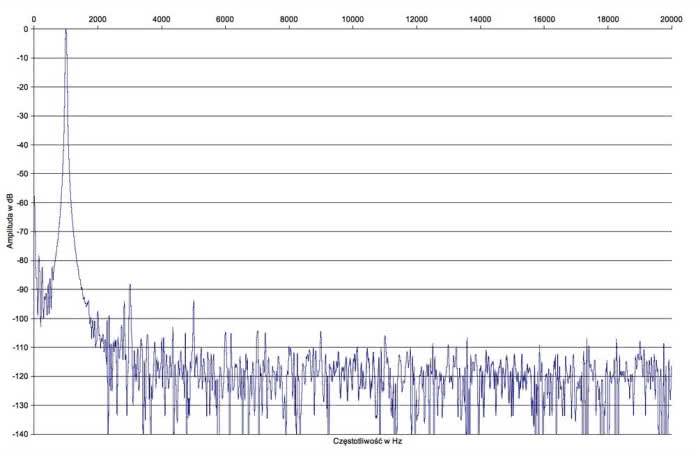The DAC in it sucks. I should have clarified...the built in amps are excellent. I use an external DAC.
Definitely rated as less power than the others but the sound is better than most receivers of the era.
Not just the DAC, the more critical preamp/vol IC sucks even more:
You can download the service manual and then the datasheet for that Renesas/Mitsubishi IC M61516FP and check out the specs yourself:
https://www.vintageshifi.com/repertoire-pdf/pdf/telecharge.php?pdf=Nad-T-753-Service-Manual.pdf
http://pdf.datasheetcatalog.com/datasheet/MitsubishiElectricCorporation/mXtqqqv.pdf
The T753 is not that powerful either, the S&V charts below shows even the lower mid range Denon beat it in not only two channel driven into 4 ohms, but even in 5 channel driven into 8 ohms though marginally in that case.
Not only that, the cross talks and noise were poor too, consistent with Amir's measurements on the much more up to date T758 V3. Sorry, I don't mean to contradict your subjective impression of you T753, but I can't help but wonder how it can "sound better most receivers of the era" when the specs and measurements are so much poorer.
Anyway, here are the links if you are interested:
Read more at https://www.soundandvision.com/content/nad-t-753-av-receiver-ht-labs-measures#U3zWBlJAAhgRUXv5.99
NAD T753
Into 4 ohms, the amplifier reaches 0.1% distortion at 122.6 watts and 1% distortion at 146.3 watts.
Crosstalk at 1 kHz driving 2.83 volts into an 8-ohm load was –61.60 dB left to right and –61.48 dB right to left. The signal-to-noise ratio with 2.83 volts driving an 8-ohm load from 10 Hz to 24 kHz with "A" weighting was –88.67 dBrA.
Read more at https://www.soundandvision.com/cont...eceiver-review-test-bench#KoWKiehGy2iJ4MwT.99
http://pdf.datasheetcatalog.com/datasheet/MitsubishiElectricCorporation/mXtqqqv.pdf
Into 4 ohms, the amplifier reaches 0.1% distortion at 145.4 watts and 1% distortion at 176.6 watts.
Crosstalk at 1 kHz driving 2.83 volts into an 8-ohm load was –82.08 dB left to right and –80.79 dB right to left. The signal-to-noise ratio with an 8-ohm load from 10 Hz to 24 kHz with “A” weighting was –109.98 dBrA.

